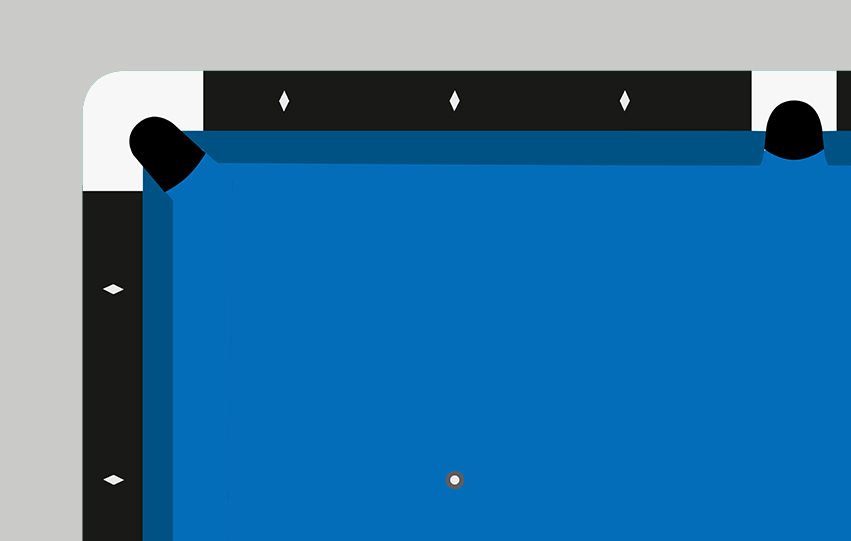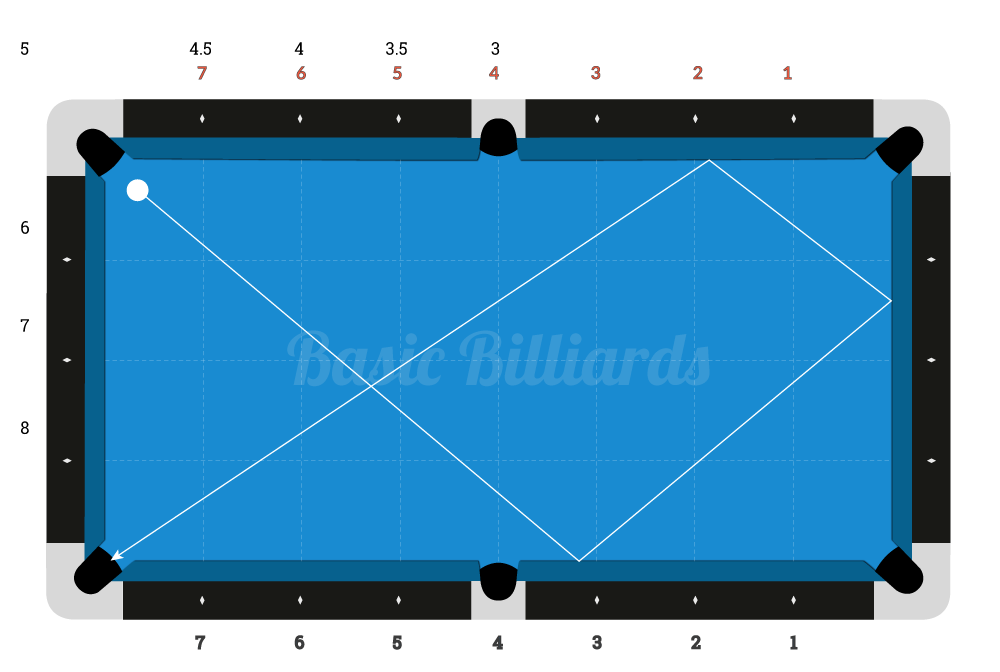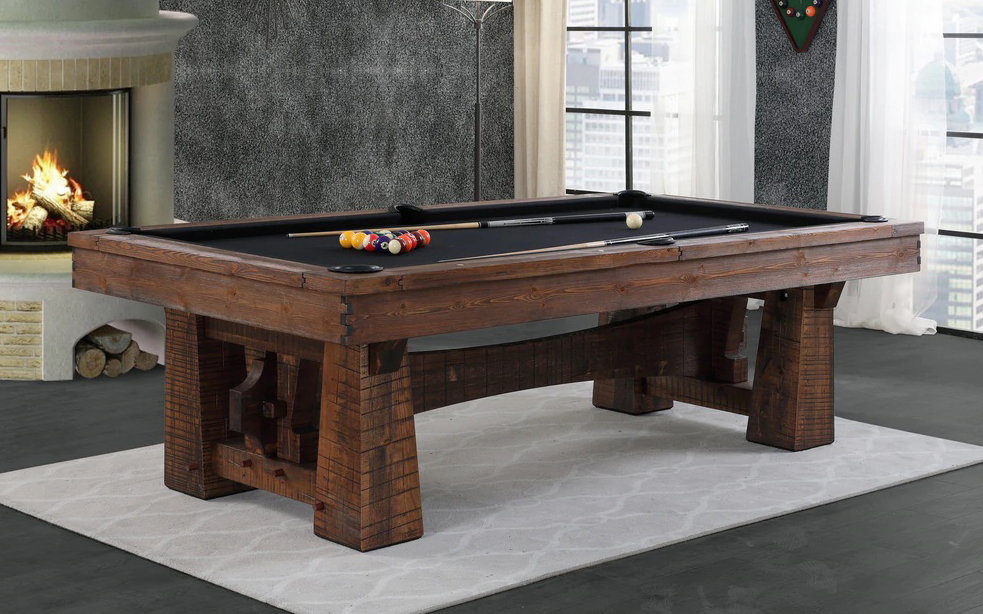
Dodgeball is easy to understand and the rules are very simple. For example, players must protect themselves from direct headshots. Players must also be aware of dead balls. These rules are enforced by a referee. When a player is eliminated, the game ends. This game was originally played in gyms or camps. Although there are rules to follow in competitive games of dodgeball, it is easy enough to play in any environment. The selection of teams can be as simple as lining up or as complex as drafting players.
Players must protect themselves from direct headshots
To prevent a player from getting a direct headshot, players must take evasive actions to block the shot. Direct headshot is when the ball directly strikes a player's head. The ball must have not touched anything before hitting the head of the player. The ball can also deflect off their bodies or hands before hitting the head. Also, the ball must not have touched anything before hitting a player's head. Any action that moves the player from this position will automatically negate the headshot.
Players in dodgeball must guard themselves against direct headshots. A dead ball is one that the ball hits the player's head directly. A direct headshot taken by a player while standing upright is considered safe. However, any player being hit in the forehead while prone will be called to attention.
Dead balls
Dead balls refer to balls that aren’t used during a game. These balls are used to make sure that no player receives multiple hits from the exact same object. A dodgeball game can be played on a small, rectangular court that has a centreline and two sidelines. The game's rules are honour-based and self-refereed. The centerline is ruled by honour rules. However, there are four officials who serve as referees. Referees will begin and end the game, confirm hits, and count how many minutes each player has possession of the ball. Each team begins with one ball. The balls are placed along the center line of each team's court. Each team has five seconds to release a ball.

If a dodgeball is thrown from a team, it will automatically be deemed dead ball if it crosses beyond the boundary line. This means that any player who crosses the boundary of the opposing team is out. You must ensure that your ball is kept in the same place for at least ten seconds.
Unsportsmanlike conduct
Dodgeball has very specific rules and all players must adhere to them. Participants must wear a shirt and shorts without sharp metal parts. To keep the game running smoothly and ensure safety, a referee will be present at all times. Referees are also responsible for deciding on contested plays. The calls made by the referees are final and cannot be appealed. A player who is caught breaking the rules will be warned. The referee may call technical fouls depending on the severity of the violation.
Any participant who engages in dangerous throwing behavior will forfeit the game. Players who engage in this behavior will be warned by the referee, and the ball will be turned over to the opposing team. Any throw that is too high or near the head of another player is considered dangerous. A player who throws dangerously will be kicked out of the game. He/she cannot participate in any games during the match.
Overtime rules
Dodgeball is an exciting sport where players attempt to catch live balls before they touch the ground. All players must remain within the boundaries of the court. If a player moves beyond it, they will be kicked out of the game. Players can also be kicked out if they touch the ground beyond the center line or attempt to kick the dodgeball. In the event of a tie, overtime may be used to determine who the winner is.
Each team may only retrieve three (3) balls in their right-hand corner of the center hash. All players must be at their target line before legal throws. Teams are limited to three minutes per overtime. The winner will be the team that has the most players.

Neutral zone
The neutral zone in dodgeball is the space around the court's centreline. The neutral zone in dodgeball refers to the area around the court's centerline. Players can enter this area and not be hit or stepped upon, but they are immediately out if they do. Players can use a variety of offensive and defensive strategies to attack their opponent from within the neutral zone. However, players must not be touched or hit.
Two teams of six players play on the court. The teams own the balls on either side. The team that has the most number of balls must surrender it within 10 second. Both teams have two ball retrievers to collect off-court balls. For interfering in the ball collection or for stepping into neutral territory, ball retrievers can be sent off.